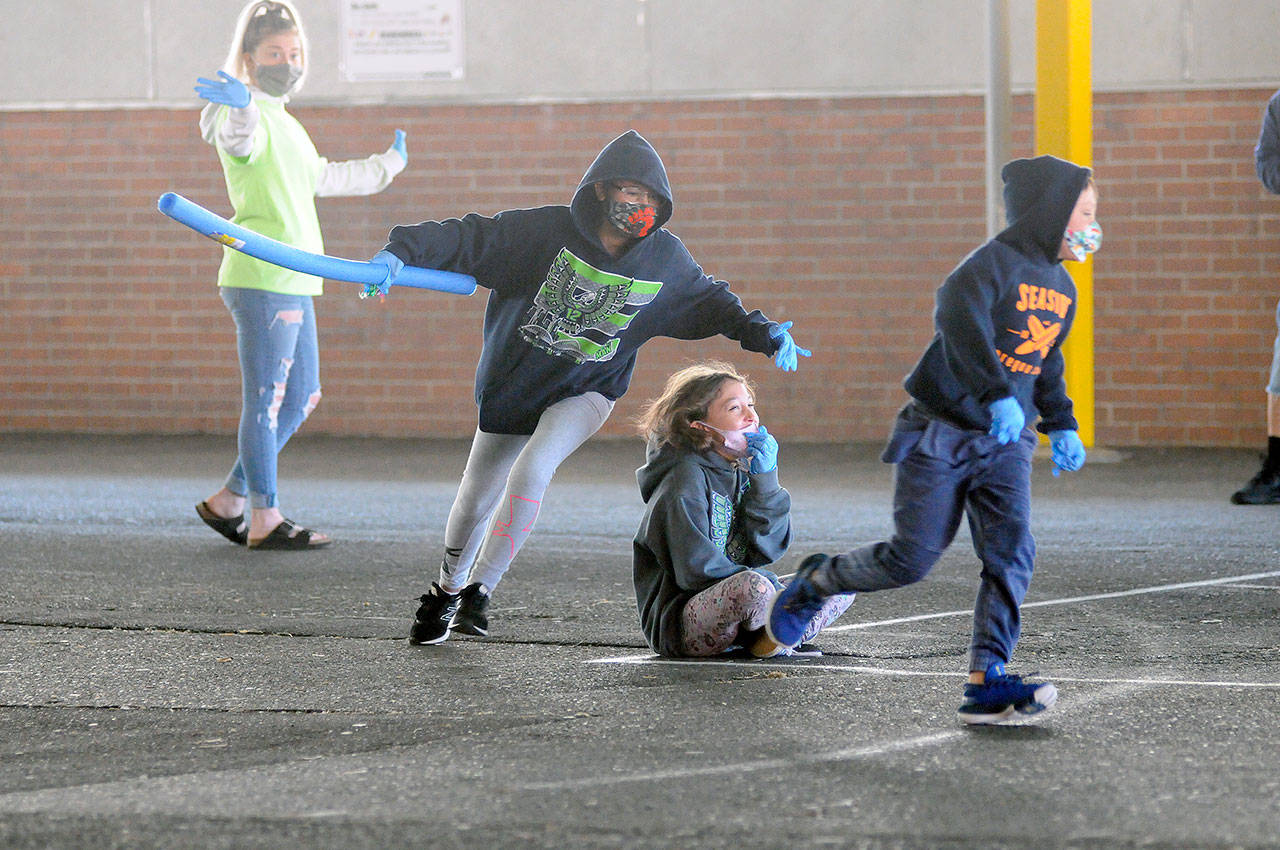The Aberdeen School Board on Tuesday night signed off on a plan for the coming school year that allows in-person classes to be phased in slowly — depending on the number of new COVID-19 cases recorded in the county over the preceding two weeks.
It’s the plan recommended by an 80-person task force made up of parents, educators, health officials, school administrators and community volunteers. It became official policy when the board accepted it unanimously at its meeting Tuesday. The plan is meant to serve as the framework for the whole school year.
As things stand right now, students in grades K-3, and some special education students, would be allowed in classrooms while the older students would be in distance-learning mode. If there’s a countywide spike in cases, things would change quickly and all classrooms would be closed. If things improved enough to allow the upper grades to return to classrooms, that would be phased in gradually. There would be no overnight change that sent everyone back at once.
School Board President Sandra Bielski had high praise for the task force’s efforts in tackling such a complicated and changing situation.
“I’ve heard from parents who work out of town, from teachers who have kids in other districts and will not have the same schedule, from parents who have special needs students who need face-to-face learning, and people who believe it’s not as serious as people say and want to turn it political,” she said. “… The recommendation may not meet the need of everyone, but it is the recommendation that best meets the needs we’ve been asked to (address).”
The plan creates five levels of risk that determine how school is structured. Level 1 has the highest risk, with 75 or more cases countywide in a two-week period, as tallied by the county health department. Level 5 is essentially back to a normal routine, post vaccine or when herd immunity to the virus is established.
Current conditions fit Level 3, or moderate risk, which means more than 25 new cases over two weeks. School Superintendent Alicia Henderson said last night that on Tuesday, the two-week measurement for Grays Harbor was at 51 cases. The metrics for risk levels were established by the state, she said.
Social distancing will be strictly enforced, with no more than 10 people in a classroom, including teachers. And face coverings will be required.
If conditions improve to fewer than 25 cases in a two-week period, the upper-grade students would come back to schools, but what that would look like is still being worked out. One thing that won’t happen is all of them returning at once, she said, as that has been shown to create major problems.
The only quick pivots in the plan will occur when there is a spike in cases, she said. Even if things begin to improve soon, and Level 4 parameters are met, things would likely stay the same through September, Henderson said, because it will take awhile to plan for additional students returning.
Family engagement
A key factor is communicating and engaging with families of students, Henderson said. Despite outreach efforts, right now the district is only engaged with about 38% of those families, she said.
”There is a whole crowd of kids not engaging with us, which is not acceptable,” she said.
The district has developed a “connections team” to follow up with families who aren’t responding to communications. There will be a bilingual element to that outreach, she said. “We cannot do school where 60% of the students aren’t engaging.”
An inability to bring those students into the fold would mean a hit to revenue if it affects enrollment, which decides how much money comes from the state.
The district is currently planning for a drop in enrollment of about 200 students.
Equity in learning environments is another major concern with so many students learning at home. Many households have no internet connections, and in many cases computers might be shared or altogether unavailable.
The district will be lending out Chromebook computers to students who need them and buying internet “hot spots” so students can get online from home.


